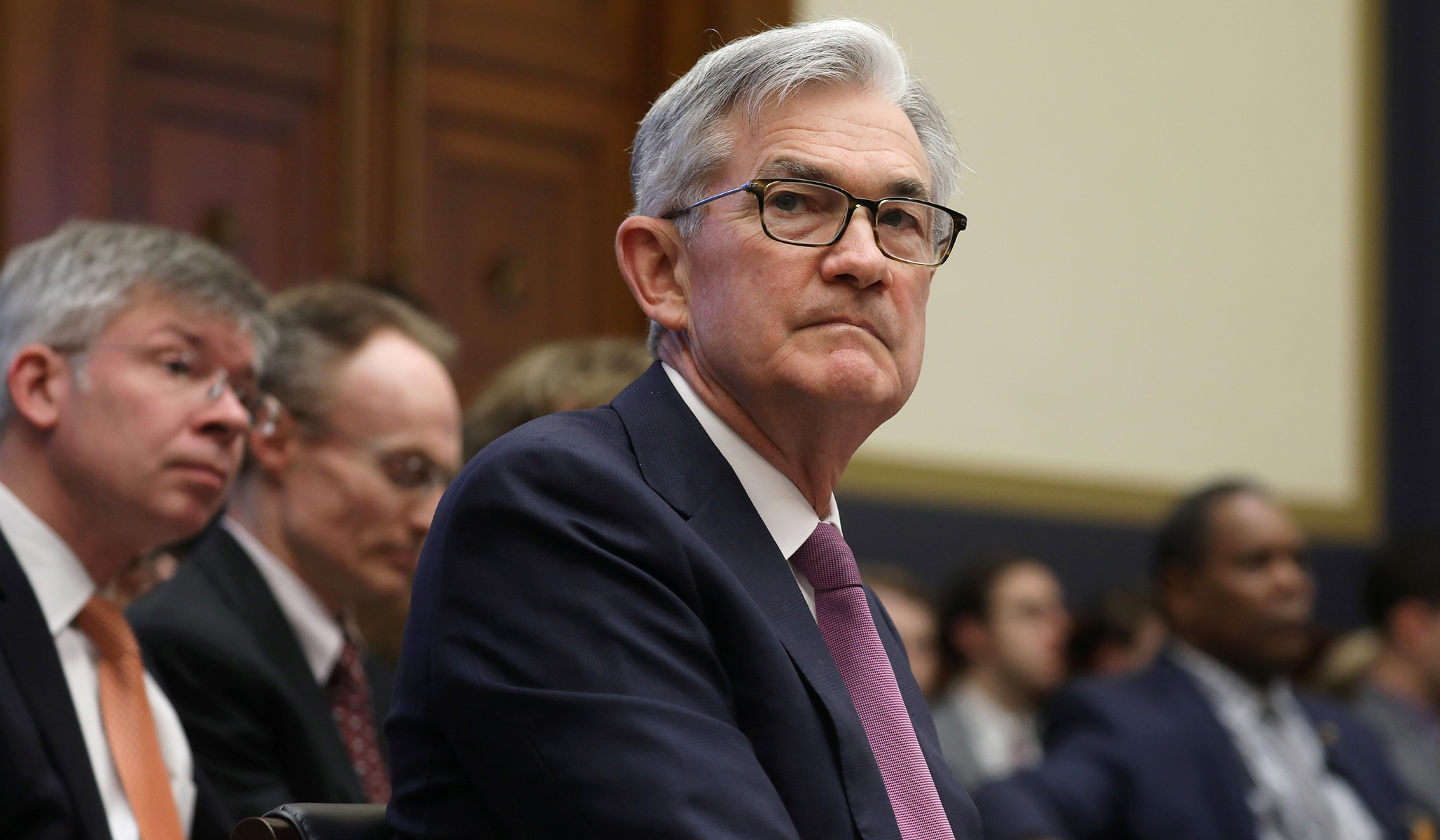Chairman of the Federal Reserve Jerome Powell, recently nominated by President Biden to serve a second term, warned Monday that the Omicron variant of COVID recently discovered in South Africa could inflame supply-chain bottlenecks and inflationary pressures plaguing the economy.
Released in written form Monday, Powell’s testimony will be delivered during a hearing before the Senate Banking Committee on Tuesday morning.
“The recent rise in COVID-19 cases and the emergence of the Omicron variant pose downside risks to employment and economic activity and increased uncertainty for inflation,” Powell wrote. “Greater concerns about the virus could reduce people’s willingness to work in person, which would slow progress in the labor market and intensify supply-chain disruptions.”
After a number of consecutive years of undershooting its 2 percent inflation target, the Fed has far exceeded this rate in the last year of the pandemic, which has seen price surges across consumer commodities and services. Powell confirmed this, noting that inflation increased 5 percent in October from a year earlier and that the metric is “running well above” the central bank’s 2 percent goal.
Powell added that production and delivery stoppages have inhibited producers from creating enough supply to satiate robust demand across industrial sectors, meaning inflation may not relent just yet. The rising costs of oil and housing are also contributing to inflation’s upward trend.
While economists had projected inflation to “move down significantly over the next year as supply and demand imbalances abate,” the Fed chief said, that outlook has changed given the emergence of Omicron. “It now appears that factors pushing inflation upward will linger well into next year,” he commented.
After many months of rapidly expanding its balance sheet by conducting large-scale asset purchases of $120 billion worth a month, the Fed moved in early November to slightly taper off this program, reducing these buy-outs by $15 billion each in November and December. The sooner the Fed ends this program, the more flexibility it will have to hike rates to counter inflation if it spirals to dangerous levels.
Powell, however, said the Fed plans not to raise rates, which are currently hovering around zero, until the economy achieves maximum employment.
“There is still ground to cover to reach maximum employment for both employment and labor market participation, and we expect progress to continue,” he said.
Send a tip to the news team at NR.
